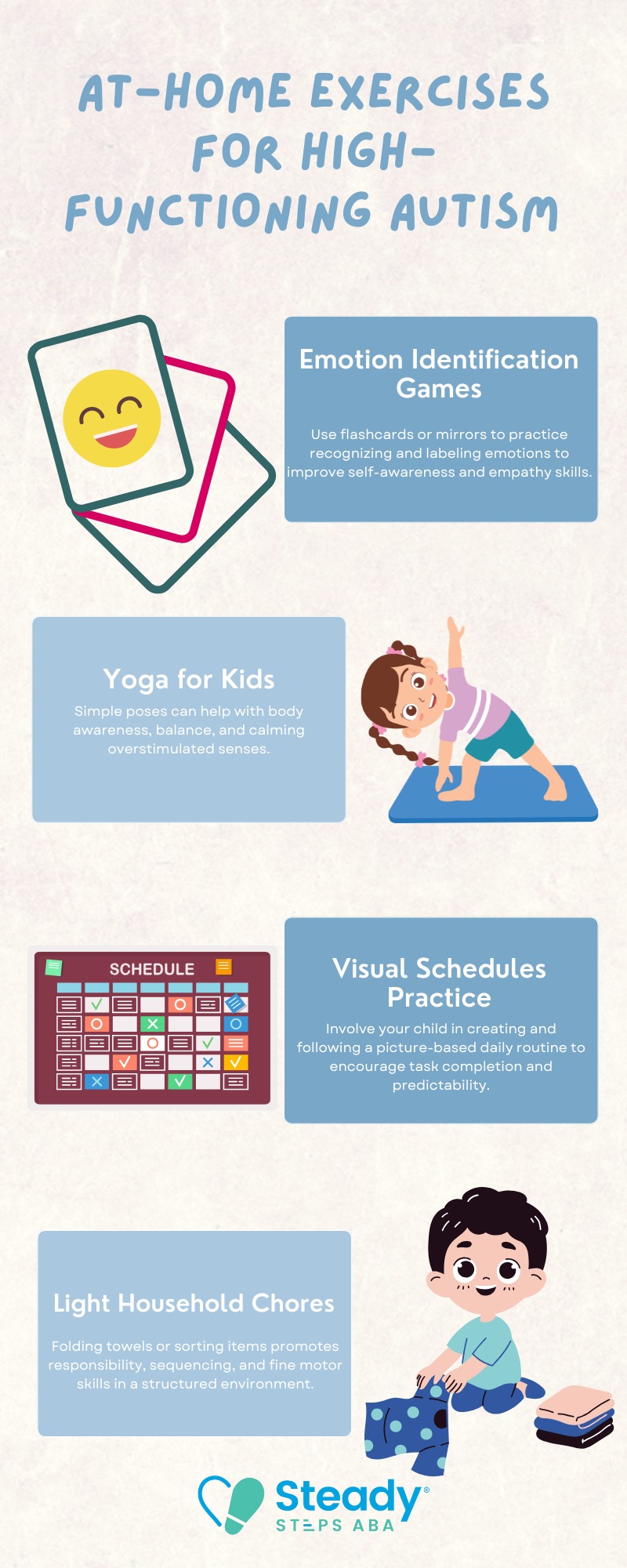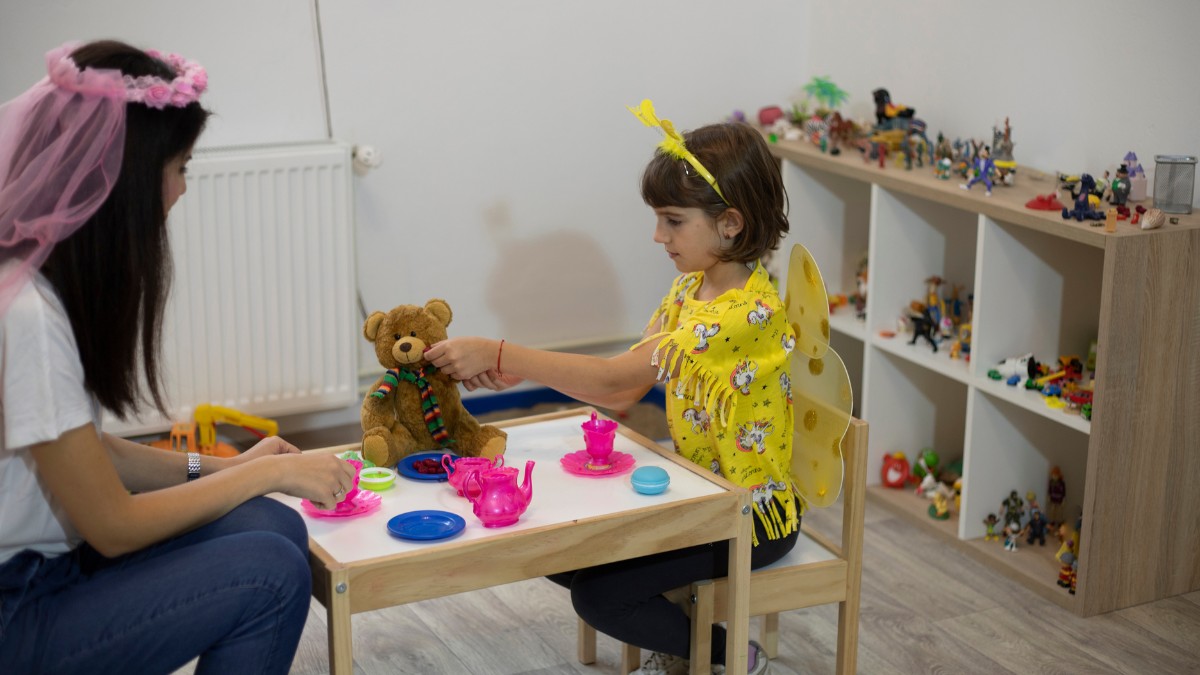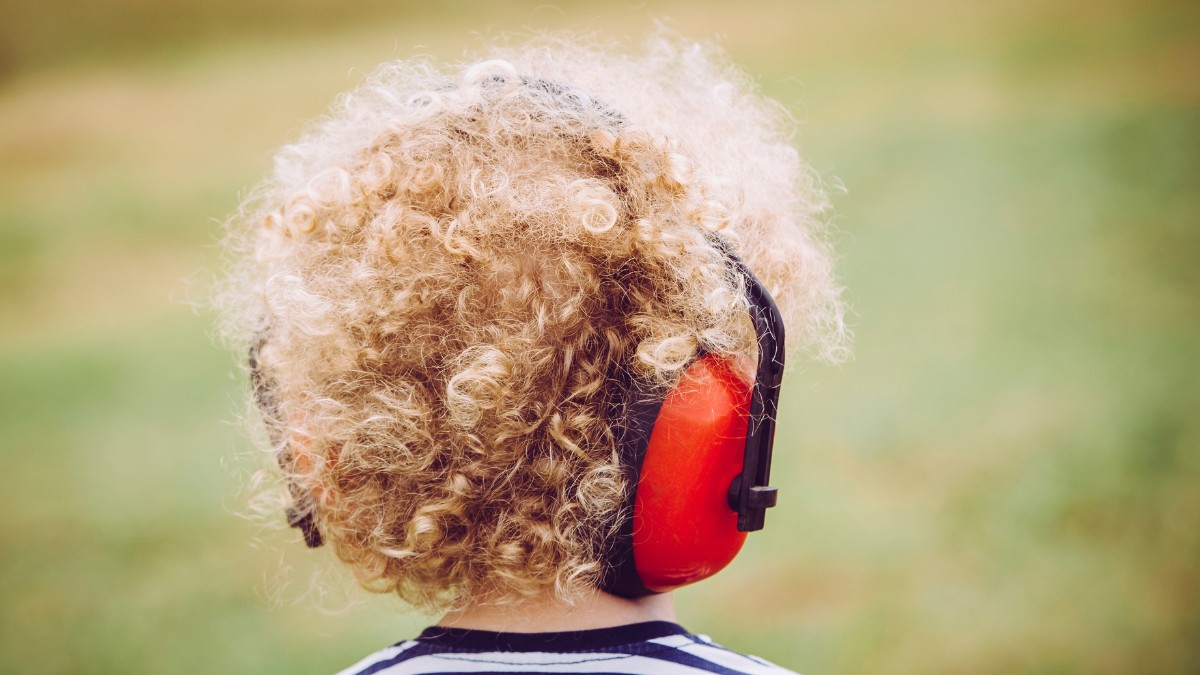Key Points:
- Tailored exercises for high-functioning autism can enhance social, emotional, and cognitive skills.
- Physical exercises, sensory activities, and social skills training all help foster independence.
- Understanding the unique needs of high-functioning autism allows for the selection of the right exercises.
When it comes to supporting children and adults with high-functioning autism, a multifaceted approach is essential. High-functioning autism (HFA) pertains to those on the autism spectrum who do not show any significant cognitive delays but may still face challenges related to social interaction, sensory processing, and emotional regulation.
Exercises for high-functioning autism can help address these challenges and offer meaningful support for daily living. These exercises may focus on areas such as enhancing motor skills, a common challenge experienced by up to 38.5% of autistic children.
In this article, we’ll discuss a variety of exercises that are effective for individuals with high-functioning autism, from sensory-based activities to cognitive and social exercises. These exercises not only provide therapeutic benefits but also contribute to increasing confidence and independence in everyday life.
How Does High-Functioning Autism Affect Exercise Skills?
High-functioning autism can impact exercise skills through challenges with motor coordination, sensory sensitivities, and social interactions. Individuals may struggle with balance, timing, or learning complex movements, which can make sports or physical activities more difficult. Sensory issues, such as sensitivity to noise or touch, can also affect comfort and participation in group exercise settings.
Despite these challenges, many individuals with high-functioning autism can enjoy and benefit from physical activity. Exercise can help improve motor planning, reduce anxiety, and boost social engagement when adapted to the individual’s needs. Supportive environments, structured routines, and individualized coaching can make physical activities more accessible and enjoyable, promoting overall well-being and physical health.
What are Effective Exercises for High-Functioning Autism?
Exercises for high-functioning autism are designed to cater to the needs of individuals who may have strengths in intellectual abilities but still require support with social, emotional, and motor skills. The most effective exercises tend to target the areas where challenges are most prominent. This includes social interaction, sensory processing, self-regulation, and fine and gross motor skills.
Some effective exercises for high-functioning autism include:
1. Social Skills Training
Many children and adults with high-functioning autism struggle with interpreting social cues, initiating conversations, and understanding non-verbal communication. Social skills training exercises aim to improve these areas.
This can include structured role-playing activities, practicing greetings, turn-taking in conversations, and identifying facial expressions or body language. Apps or games that simulate social scenarios can also be helpful for learning how to respond in various social settings.
2. Sensory Integration Exercises
Sensory integration activities are particularly beneficial for individuals with autism who experience heightened sensitivities to sound, light, or touch. Exercises for high-functioning autism may include activities that help desensitize these sensory sensitivities or regulate the sensory system.
These activities can involve tactile tasks like playing with textured objects, listening to calming sounds, or engaging in deep-pressure exercises like using weighted blankets or pillows to provide calming input.
3. Motor Coordination and Fine Motor Exercises
Motor coordination is often an area where children with autism may require extra attention. Fine motor exercises such as drawing, coloring, or using scissors can help strengthen hand-eye coordination and dexterity. For gross motor skills, activities like jumping, running, or balancing can promote overall physical development and help improve coordination.
How Can Physical Exercises Benefit Children with High-Functioning Autism?
Physical exercises can play a critical role in improving a variety of skills, particularly for those with high-functioning autism. Regular physical activity not only boosts physical health but can also positively affect social, emotional, and cognitive development.
Here’s how physical exercise can help:
1. Improved Focus and Attention
Many children with autism struggle with focus and attention, which can make learning and social interaction more difficult. Regular physical exercise, like yoga or stretching, can help children improve their attention span by promoting mindfulness and reducing anxiety.
Activities such as swimming, cycling, or playing sports can also provide structured yet enjoyable ways to improve focus.
2. Social Interaction Opportunities
Physical activities provide opportunities for social interaction and practicing social skills. Group activities like team sports, group fitness classes, or even simple games like tag can allow children to practice taking turns, cooperating, and interacting with others. Physical exercise can thus serve as a fun and natural environment for social skills development.
3. Reduction in Anxiety and Stress
Children with high-functioning autism often experience anxiety and emotional regulation difficulties. Physical exercises, particularly those that involve repetitive motion or rhythmic activities, can help reduce stress.
Activities such as swimming, running, or even dancing provide a means to release pent-up energy, which can lead to increased calmness and better emotional regulation—both of which play a vital role in a child’s ability to focus and succeed in the classroom. For a deeper look into how these and other factors impact learning, explore Understanding Autism’s Effects on Academic Performance.
How Can Cognitive and Social Skills Exercises Help High-Functioning Autism?
Cognitive and social skills exercises are crucial for high-functioning autism. These exercises focus on enhancing critical thinking, problem-solving, and social communication. Since many individuals with high-functioning autism have challenges understanding social norms and emotional cues, these exercises are essential in teaching them how to engage with others in a meaningful way:
1. Cognitive Exercises to Improve Executive Functioning
Executive functioning refers to the brain’s ability to plan, organize, and manage tasks. Many children with autism may struggle with time management, organizing thoughts, and planning ahead.
Exercises for high-functioning autism may include memory games, puzzles, or activities that require planning, such as board games or sequencing tasks. These types of exercises improve critical thinking, decision-making, and memory retention.
2. Social Stories and Role-Playing
One of the most effective ways to improve social skills in individuals with autism is through the use of social stories. These are short, simple narratives that teach appropriate social behaviors in a structured format.
Role-playing can also be incorporated into social stories to simulate real-life social situations, such as how to ask for help or how to introduce oneself to someone. By practicing different social scenarios, children with autism can learn how to navigate real-life social interactions.
3. Emotion Regulation Exercises
Understanding and expressing emotions is a significant challenge for individuals with autism. Exercises designed to help children identify their feelings, understand others’ emotions, and learn coping strategies are invaluable. Techniques like using visual charts for identifying emotions, practicing mindfulness, or engaging in breathing exercises can help children regulate emotions and build empathy.

What are Some Sensory and Relaxation Exercises for High-Functioning Autism?
Sensory and relaxation exercises are essential tools for helping children with high-functioning autism manage their sensory sensitivities and regulate their emotions. These exercises are particularly beneficial for individuals who become overwhelmed in noisy or busy environments.
Examples of sensory and relaxation exercises include:
1. Deep Pressure and Weighted Blanket Exercises
Many individuals with autism seek sensory input to help regulate their emotions. Deep pressure activities, such as using weighted blankets or cushions, can provide calming sensory feedback. These types of exercises help individuals feel grounded and secure, especially during moments of heightened stress or sensory overload.
2. Breathing and Mindfulness Techniques
Relaxation exercises such as deep breathing or mindfulness activities can help children with autism learn how to calm their minds and bodies. Simple techniques like taking slow, deep breaths or practicing guided imagery can reduce anxiety and increase self-awareness. These exercises can also be a valuable tool for emotional regulation.
3. Tactile and Visual Stimulation Exercises
Engaging in tactile activities such as playing with sensory bins, using textured toys, or even engaging in activities like finger painting can be helpful for sensory regulation. These exercises help children with autism focus their attention on specific sensations, which can be calming and provide a focus during moments of sensory overload.
What are Some Examples of At-Home Exercises for High-Functioning Autism?
Children with high-functioning autism often benefit from structured, consistent activities that support emotional regulation, motor coordination, and cognitive engagement. At-home exercises can be a powerful way to reinforce therapy goals and build independence.
These activities don’t have to be complex or expensive—what matters most is that they are intentional, predictable, and adapted to your child’s interests and abilities. Incorporating small, daily exercises can strengthen routines, reduce anxiety, and encourage self-confidence in manageable steps.
Here are some effective at-home exercises tailored for children with high-functioning autism:

Support Your Child’s Growth with ABA Therapy in Maryland
As exercises for high-functioning autism provide a foundation for supporting your child’s unique needs, it is also important to have a well-rounded approach to their development. ABA therapy (Applied Behavior Analysis) is a highly effective therapy for children with autism, helping them improve communication, behavior, and social skills in a structured, measurable way.
At Steady Steps ABA, we specialize in offering personalized ABA therapy in Maryland, supporting children with autism to develop essential skills for independence and success. Our team of trained therapists works with each child to create a tailored plan that targets their specific needs, whether it’s enhancing communication, managing behaviors, or improving social skills.
Contact us today to learn how our ABA therapy services in Maryland can complement your child’s development and help them reach their full potential.






